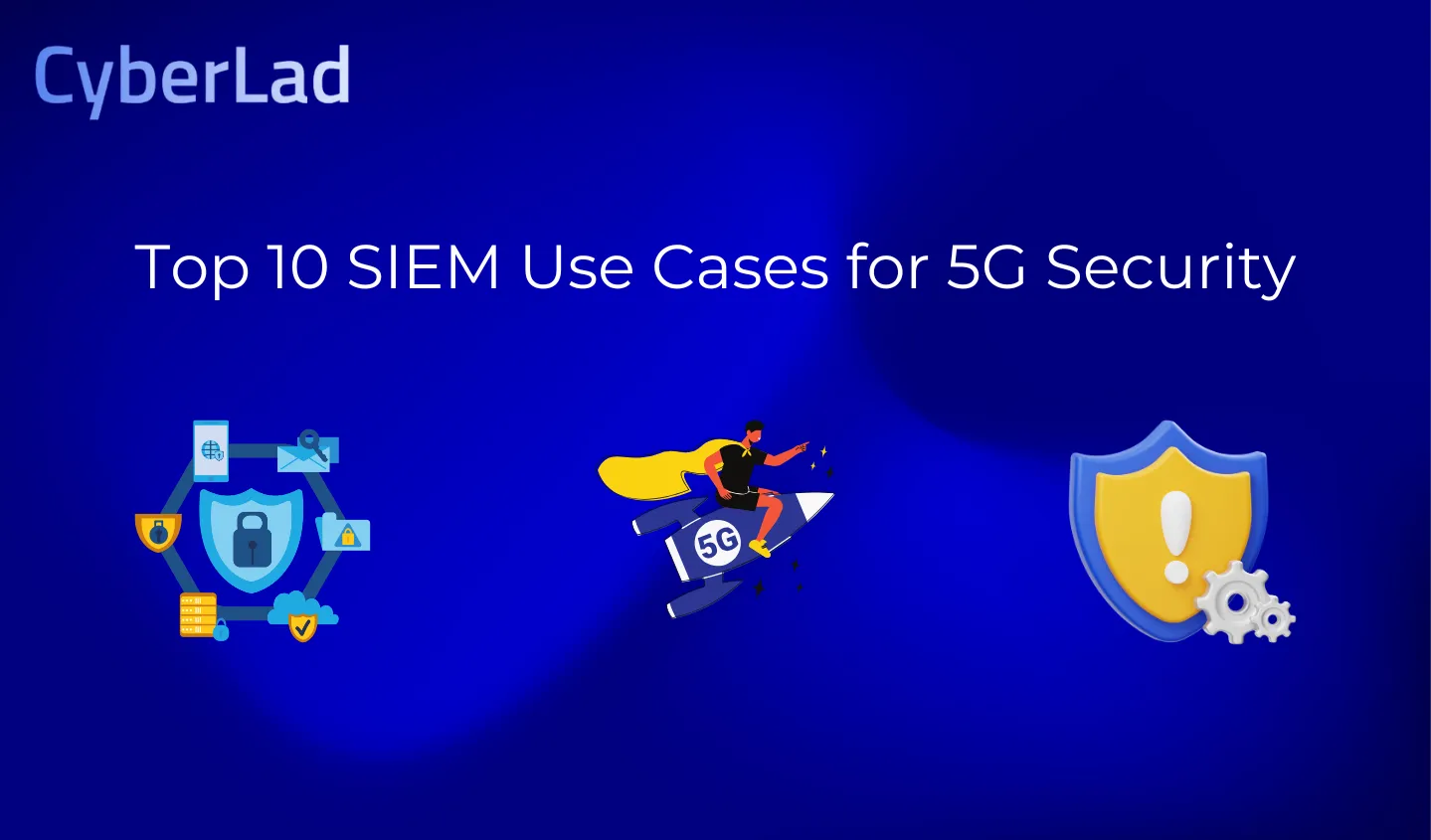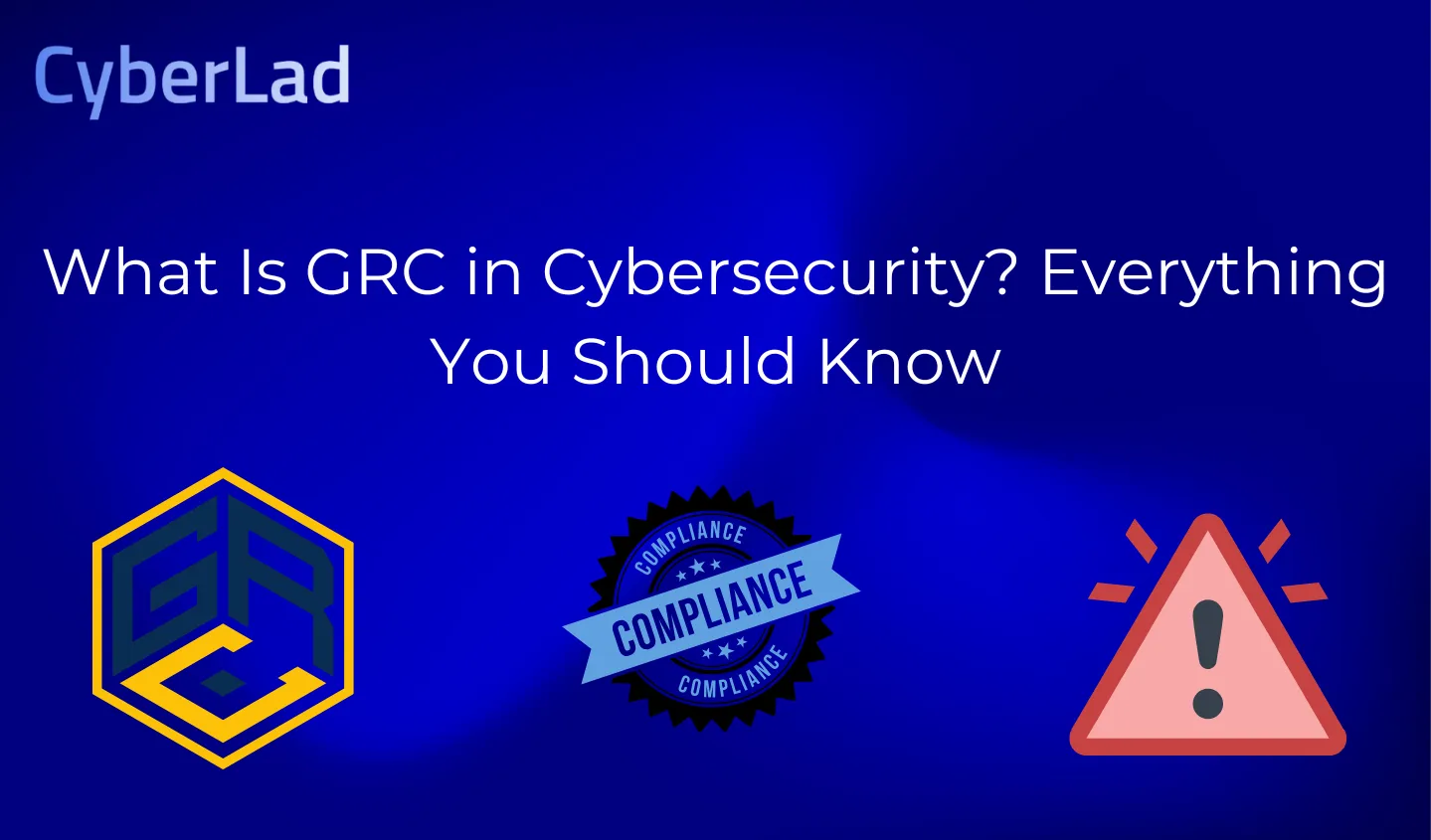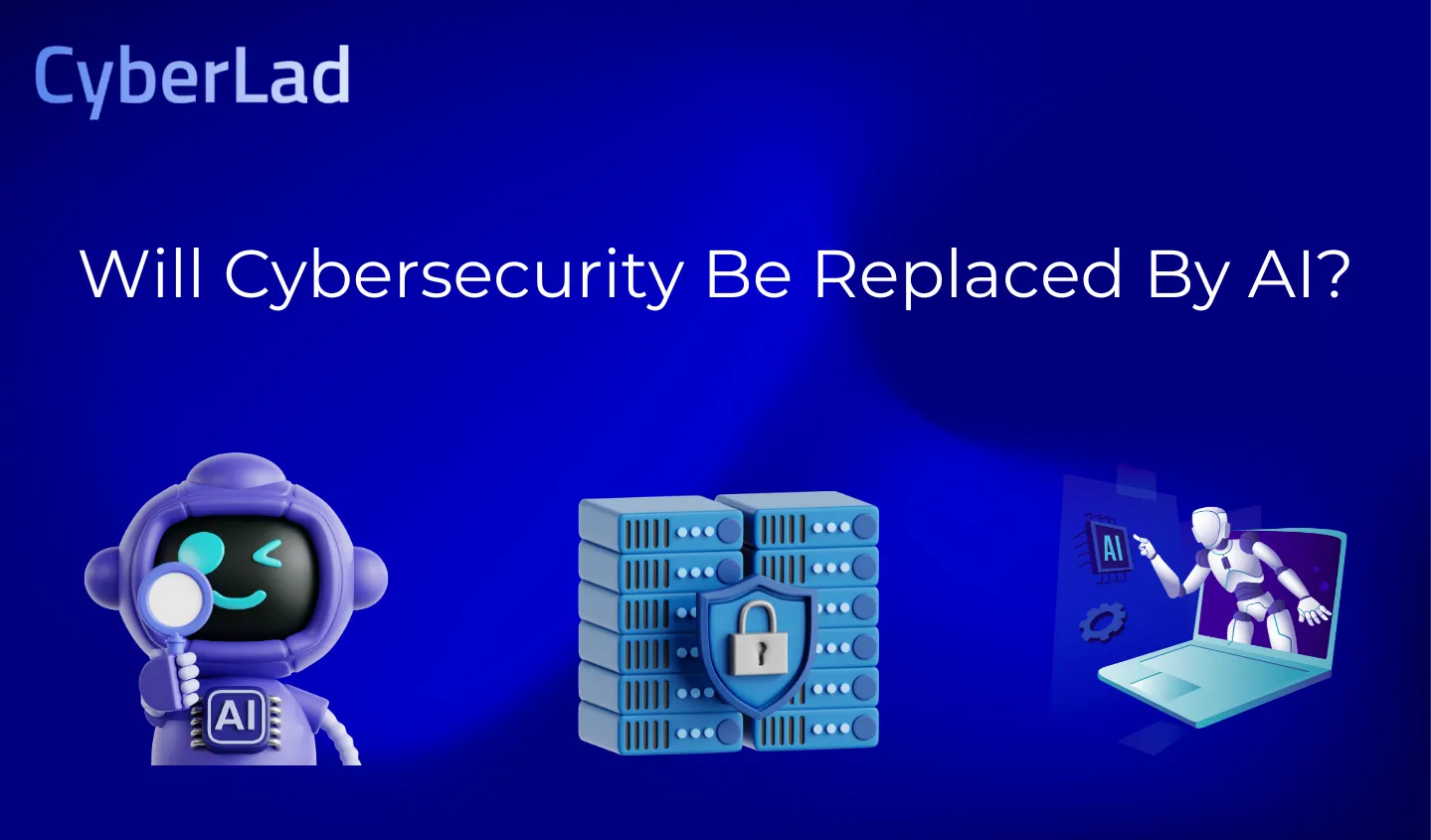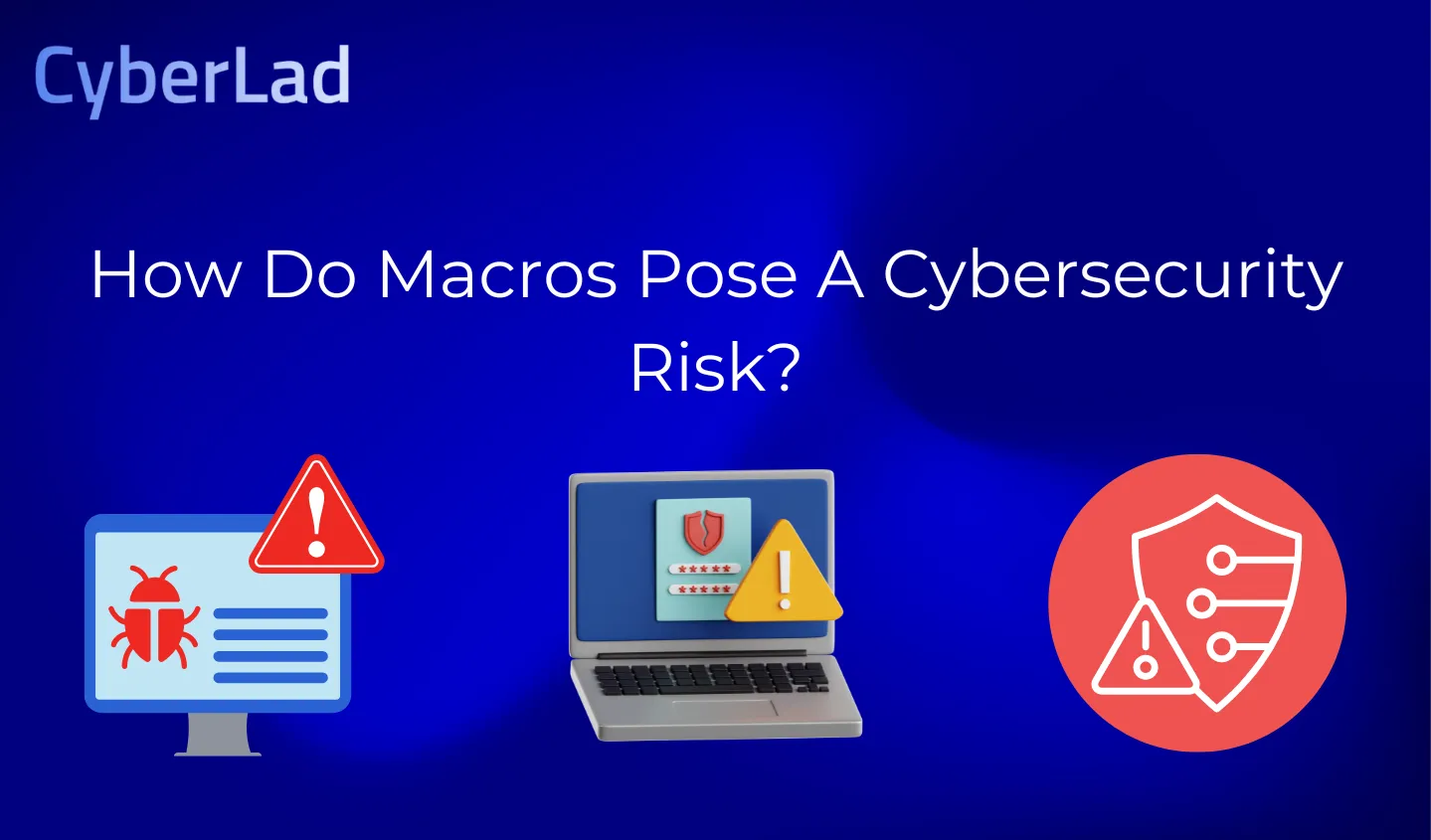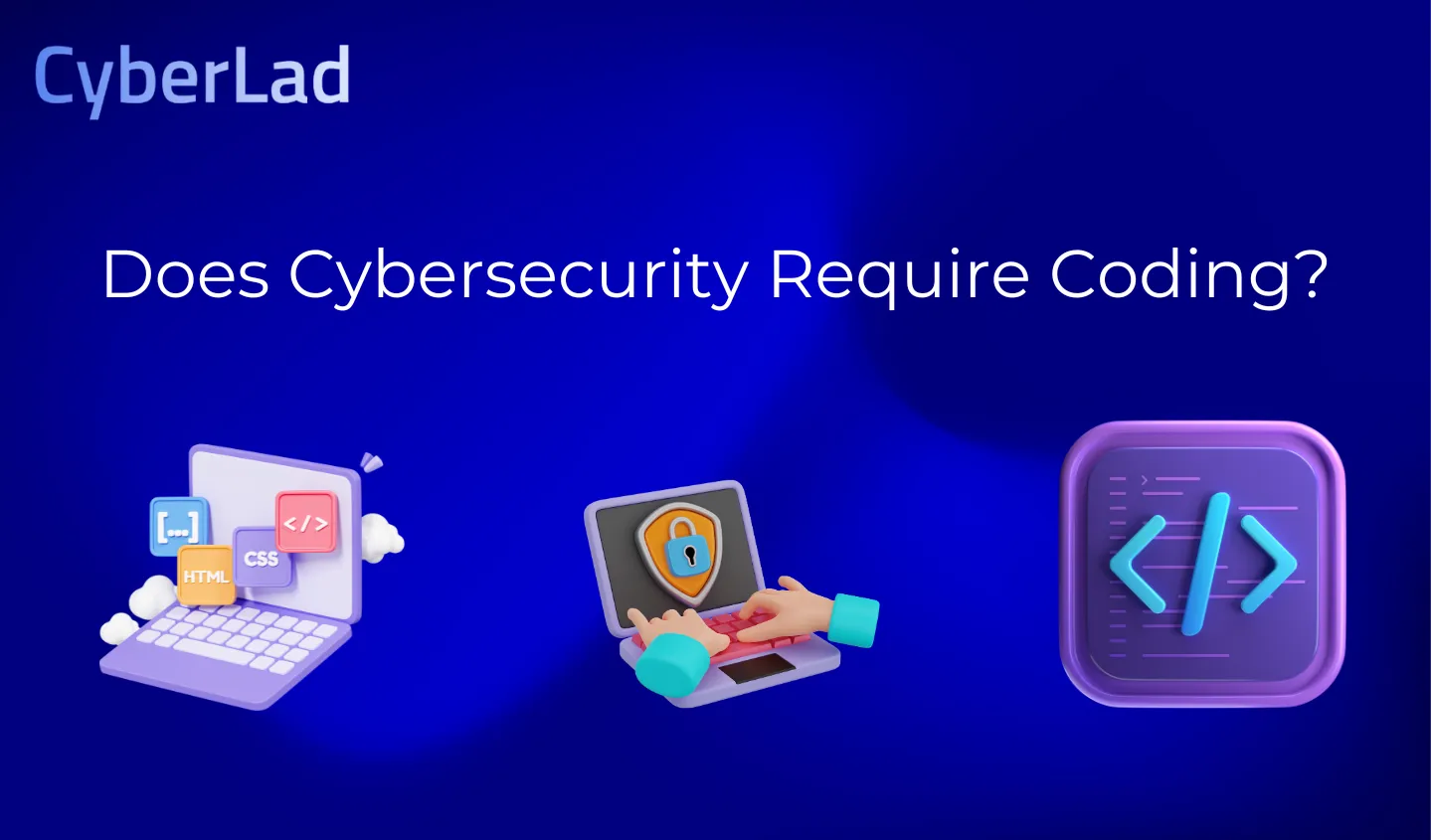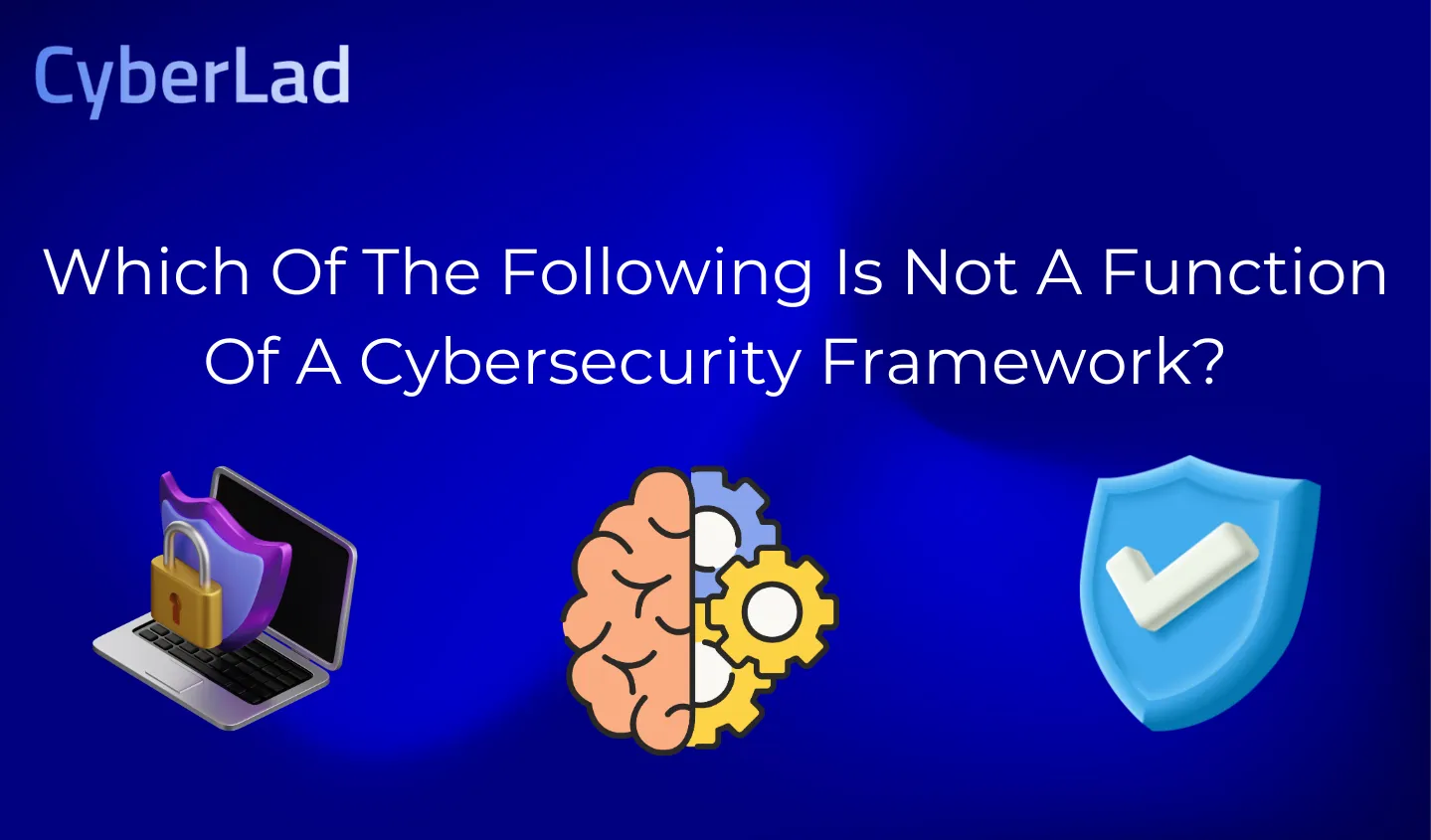What is 5G?

5G is the fifth generation of wireless cellular technology, offering significantly faster speeds, lower latency, and higher capacity than previous networks.
With a theoretical peak speed of 20 Gbps, 20 times faster than 4G and 5G, it enhances digital experiences such as online gaming, video conferencing, and self-driving cars. It also supports business applications that require ultra-reliable and low-latency connections.
Unlike 4G LTE, which primarily focuses on connectivity, 5G integrates cloud technologies to deliver seamless, software-driven, virtualized networks.
It enables smooth open roaming between cellular and Wi-Fi networks, allowing users to transition between indoor and outdoor wireless connections without manual intervention or reauthentication.
Wi-Fi 6 (802.11ax), a complementary technology to 5G, enhances connectivity by providing better geographical coverage at a lower cost. Wi-Fi 6 networks leverage software-based automation to optimize performance and expand wireless accessibility.
5G networks improve connectivity in underserved rural areas and address increasing demand in urban centers. Its dense, distributed-access architecture processes data closer to the edge, reducing latency and improving response times.
As a result, 5G ensures a stable and high-speed internet experience for applications like autonomous vehicles, real-time streaming, and advanced gaming.
As 5G adoption increases, SIEM use cases for 5G security become critical for protecting networks from evolving cyber threats. With billions of devices connecting to 5G infrastructure, security risks such as unauthorized access, data breaches, and network intrusions rise significantly.
To assess your organization’s exposure, you can use our Cybersecurity Risk Calculator to estimate threat levels and prioritize defenses.
SIEM solutions help detect and respond to security threats in real time, ensuring that 5G networks remain resilient and secure.
For further reading on cybersecurity topics, check out Cyberlad.io.
Why SIEM is Essential for 5G Security
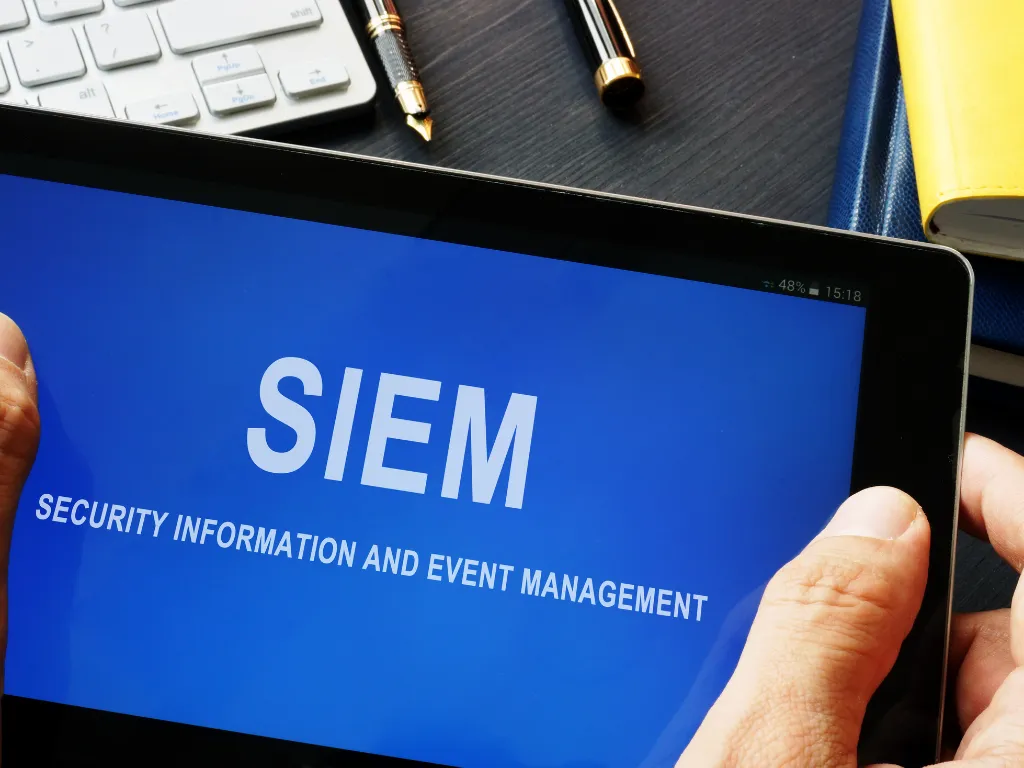
Ensuring security in industrial networks requires advanced mechanisms that provide real-time threat detection and risk management.
SIEM use cases for 5G security focus on strengthening protection by enabling real-time event monitoring, security data analysis, and compliance tracking.
Traditional IP networks rely on Security Information and Event Management (SIEM) systems for security oversight, but in 5G networks, the 5G Core Network manages security functions.
As a result, unified industrial networks (combining IP and 5G Non-Public Networks or NPNs) lack proper monitoring and control over industrial devices using 5G access.
Extending SIEM systems with 5G security capabilities enhances their ability to access real-time security data from 5G NPN devices.
With this integration, security administrators in Industry 4.0 environments gain a more comprehensive view of industrial networks, improving risk mitigation.
5G networks introduce unique security challenges due to:
- Network slicing creates virtual networks with different security requirements.
- Edge computing expands attack surfaces by decentralizing data processing.
- Massive IoT connectivity increases the number of potential attack vectors.
- New protocols and architectures that introduce security vulnerabilities.
A 5G SIEM solution strengthens network security by consolidating logs from 5G components, analyzing real-time threats, and assisting security teams in mitigating risks.
By integrating SIEM use cases for 5G security, organizations can ensure a proactive security approach, reducing vulnerabilities and improving response capabilities in the evolving 5G ecosystem.
Explore additional cybersecurity resources:
- Notevil Search Engine: How it works and what you can find
- Online Best Dark Web Search Engines for Tor Browser
- Cybersecurity YouTube Channels
- Which Of The Following Activities Poses The Greatest Personal Cybersecurity Risk?
- Top 10 Cybersecurity Forensic Tools For Ethical Hackers In 2025
Top 10 SIEM Use Cases for 5G Security: Protecting Next-Gen Networks from Cyber Threats
1. Network Slice Security Monitoring
Network Slice Security Monitoring is a critical aspect of 5G networks, ensuring that each isolated virtual network (slice) maintains its integrity and security. Below are the key components related to this use case:
Use Case
In 5G networks, service providers can create network slices, isolated virtual networks tailored for specific applications such as healthcare, smart cities, or industrial IoT.
While this customization enhances efficiency, it also introduces security challenges.
If an attacker gains unauthorized access to a slice, they could manipulate critical data or disrupt services specific to that slice. Therefore, monitoring the security of each network slice is essential to prevent such breaches.
SIEM Role
- Security Information and Event Management (SIEM) systems play a vital role in safeguarding network slices by:
- Monitoring Traffic: SIEM systems continuously monitor traffic within and across network slices to detect anomalies or unauthorized activities.
- Detecting Unauthorized Access: They identify unauthorized access attempts and lateral movements within the network slices, ensuring that only authorized entities interact with each slice.
- Generating Alerts: SIEM systems generate real-time alerts when a network slice is accessed outside of predefined policies or expected behaviors, enabling prompt response to potential threats.
Example Scenario
Consider a telecommunications operator that has deployed a network slice dedicated to autonomous vehicles.
The SIEM system detects an anomalous login attempt from an untrusted device trying to access this slice.
Recognizing the potential threat, the SIEM system immediately blocks the access attempt and alerts the security team, preventing possible manipulation of critical data related to autonomous vehicle operations.
Read More On: What Is GRC in Cybersecurity? Everything You Should Know
2. DDoS Attack Detection and Mitigation
DDoS Attack Detection and Mitigation is crucial for maintaining the availability and reliability of 5G networks.
Below is an overview of the use case, the role of Security Information and Event Management (SIEM) systems, and an example scenario:
Use Case
In 5G networks, attackers may launch Distributed Denial-of-Service (DDoS) attacks by overwhelming network resources with excessive traffic, leading to service disruptions or complete outages.
These attacks can target specific network slices, such as those dedicated to cloud gaming or autonomous vehicles, thereby affecting critical applications and user experiences.
SIEM Role
SIEM systems are instrumental in defending against DDoS attacks through the following functions:
- Traffic Pattern Analysis: SIEMs continuously monitor network traffic to identify unusual spikes or patterns that may indicate the onset of a DDoS attack.
- Log Correlation: By aggregating and correlating logs from various 5G core components, such as the Access and Mobility Management Function (AMF), Session Management Function (SMF), and User Plane Function (UPF), SIEMs can detect coordinated attack vectors across the network.
- Automated Mitigation: Upon detecting a potential DDoS attack, SIEMs can trigger automated responses, such as rate limiting, traffic filtering, or rerouting, to mitigate the impact on network services.
Example Scenario
Consider an Internet Service Provider (ISP) that offers a network slice specifically for cloud gaming services.
A sudden surge in traffic targets this slice, potentially degrading the gaming experience for users.
The SIEM system identifies this anomaly as a DDoS attack by analyzing traffic patterns and correlating logs from the affected network components.
In response, the SIEM automatically initiates mitigation protocols, such as filtering out malicious traffic, to ensure the continuity and quality of the cloud gaming service.
Want to dive deeper into how generative AI can enhance cybersecurity measures like DDoS defense?
Read this guide on CyberLad: How to Reduce Cybersecurity Risk with Generative AI.
3. Core Network Intrusion Detection

Use Case
5G core networks handle critical operations, including user authentication, data routing, and network access management.
Attackers targeting the core network can exploit vulnerabilities in signaling protocols, application functions, or cloud-native deployments.
If an intrusion occurs, adversaries can intercept sensitive data, disrupt services, or execute lateral movement across the network. Detecting and mitigating such intrusions is essential to maintaining 5G network integrity and reliability.
SIEM Role
Security Information and Event Management (SIEM) solutions play a crucial role in core network intrusion detection by:
- Monitoring Traffic and Log Data: SIEM collects and analyzes logs from key 5G core network functions, including the Access and Mobility Management Function (AMF), Session Management Function (SMF), and User Plane Function (UPF).
- Detecting Anomalies: SIEM leverages behavior-based analytics and AI-driven threat detection to identify unauthorized access attempts and abnormal activity within the core network.
- Correlating Multi-Layered Threats: SIEM correlates data from multiple sources, such as telecom signaling protocols (e.g., SCTP, GTP, HTTP/2), to detect coordinated intrusion attempts.
- Triggering Automated Incident Response: When an intrusion is detected, SIEM systems can trigger automated alerts, quarantine malicious traffic, or initiate countermeasures to prevent further escalation.
Example Scenario
A telecommunications provider notices unusual activity in its 5G Standalone (SA) core network.
The SIEM system detects repeated failed login attempts on the AMF, originating from an external IP address linked to a previously known threat actor.
Simultaneously, logs from the User Plane Function (UPF) indicate anomalous data requests targeting high-value subscribers.
The SIEM system correlates these events and identifies them as an intrusion attempt.
It immediately notifies the security team and automates a response, blocking the malicious IP address while isolating affected network functions for forensic analysis.
By integrating SIEM use cases for 5G security, telecom providers can enhance intrusion detection, minimize risks, and ensure core network resilience against evolving cyber threats.
4. IoT and Edge Security Monitoring
SIEM use cases for 5G security emphasize the increasing adoption of IoT (Internet of Things) devices and edge computing in smart homes, industrial automation, healthcare, and critical infrastructure, which has expanded the attack surface for cyber threats.
Use Case
Many IoT devices lack built-in security, making them vulnerable to unauthorized access, malware infections, and data breaches.
Edge computing, which processes data closer to the user, introduces additional risks, such as unsecured endpoints and insufficient authentication mechanisms.
Without proper monitoring, attackers can exploit IoT vulnerabilities to infiltrate networks, disrupt operations, or manipulate critical data.
SIEM Role
Security Information and Event Management (SIEM) systems play a crucial role in securing IoT and edge environments by:
- Real-time Threat Detection: SIEM collects and analyzes logs from IoT devices and edge computing nodes to identify suspicious activity, such as unauthorized login attempts or unusual data transfers.
- Anomaly Detection: SIEM uses behavior-based analytics and AI-driven insights to detect deviations in device behavior, indicating potential malware infections or compromised devices.
- Integration with IoT Security Protocols: SIEM correlates data from various security sources, such as Zero Trust frameworks, intrusion detection systems (IDS), and IoT security gateways, to provide comprehensive visibility into network threats.
- Automated Incident Response: When a threat is detected, SIEM can trigger automated actions, such as blocking malicious IP addresses, isolating compromised devices, or sending alerts to security teams.
Example Scenario
A smart home security system provider integrates IoT-enabled surveillance cameras, smart locks, and motion sensors across multiple residential properties.
One day, the SIEM system detects abnormal data flow from multiple smart locks, indicating unauthorized access attempts originating from a foreign IP address.
Further analysis reveals malware activity spreading across connected devices, attempting to manipulate access credentials.
SIEM immediately triggers an automated response, blocking the suspicious IP address and quarantining the affected devices.
Security teams investigate the incident, patch vulnerabilities, and implement additional authentication measures to prevent future breaches.
By incorporating SIEM use cases for 5G security in IoT and edge security monitoring, organizations can protect critical assets, detect cyber threats in real time, and mitigate risks before they escalate into major security incidents.
5. Roaming and Interconnect Security

Use Case
5G and traditional telecom networks rely on roaming and interconnectivity to facilitate seamless communication between mobile operators worldwide.
However, these roaming connections introduce security vulnerabilities, allowing attackers to exploit weak authentication mechanisms, manipulate signaling protocols, or intercept user data.
Cybercriminals can target interconnect links to execute fraud, denial-of-service (DoS) attacks, or subscriber tracking.
Ensuring secure roaming and interconnect security is critical to protecting both network operators and subscribers from data breaches and service disruptions.
SIEM Role
Security Information and Event Management (SIEM) solutions play a crucial role in detecting and mitigating roaming and interconnect security threats by:
- Monitoring Signaling Traffic: SIEM continuously inspects traffic across roaming and interconnect links, detecting anomalies in SS7, Diameter, GTP, and HTTP/2-based 5G signaling protocols.
- Detecting Fraudulent Activities: By analyzing call and data records, SIEM systems can identify SIM swap fraud, signaling storms, or unauthorized data requests.
- Correlating Cross-Network Threats: SIEM integrates real-time threat intelligence feeds and correlates security logs across multiple network operators to detect large-scale roaming-based attacks.
- Automating Incident Response: When anomalous interconnect behavior is detected, SIEM triggers automated blocking of malicious traffic, alerts security teams, and isolates affected roaming connections.
Example Scenario
A mobile network operator (MNO) detects unauthorized location-tracking attempts targeting international subscribers through roaming interconnect links.
The SIEM system correlates logs from the SS7 and Diameter signaling layers, identifying multiple fraud attempts originating from a rogue international partner network.
To mitigate the threat, SIEM triggers an automated response, blocking suspicious signaling requests while alerting security teams. The MNO then collaborates with the GSMA and global telecom security alliances to prevent further abuse and secure interconnect channels.
By leveraging SIEM use cases for 5G security, telecom operators can enhance roaming security, detect fraud in real-time, and safeguard subscriber data against interconnect-based threats.
6. Zero Trust Enforcement
Use Case
Traditional security models assume that users and devices inside a network can be trusted, but Zero Trust Enforcement eliminates implicit trust by requiring continuous verification of every user, device, and access request.
Organizations implementing Zero Trust must enforce strict access controls, minimize attack surfaces, and reduce lateral movement risks.
This is particularly essential in cloud environments, remote workforces, and enterprise networks where cyber threats exploit weak authentication or unsecured endpoints.
SIEM Role
Security Information and Event Management (SIEM) systems are essential for implementing Zero Trust Enforcement by:
- Monitoring Access Requests: SIEM continuously collects and analyzes logs from identity providers, multi-factor authentication (MFA) systems, and endpoint security solutions to detect unauthorized access attempts.
- Detecting Insider Threats: SIEM correlates user behavior analytics (UBA) with network activity, identifying anomalies such as privileged access misuse or unauthorized lateral movement.
- Ensuring Policy Compliance: SIEM integrates with Zero Trust policies to ensure that access permissions align with security requirements and automatically blocks deviations from defined policies.
- Automating Threat Response: When SIEM detects an unauthorized attempt to access sensitive systems, it triggers automated incident responses, such as requiring additional authentication, isolating compromised devices, or revoking user access.
Example Scenario
An enterprise with a hybrid cloud infrastructure adopts Zero Trust Enforcement to protect sensitive business applications.
One day, SIEM detects an employee logging in from an unusual geographic location outside their typical work environment. The SIEM system flags the behavior as suspicious and correlates it with additional login attempts using a different device.
Recognizing the potential account compromise, SIEM automatically triggers an MFA challenge and alerts the security team.
When the user fails to complete the MFA, SIEM blocks further access, preventing an unauthorized intrusion into the organization’s network.
By integrating SIEM use cases for Zero Trust Enforcement, organizations strengthen access control, detect insider threats, and enhance real-time security monitoring to prevent unauthorized access and data breaches.
7. RAN (Radio Access Network) Threat Detection
Use Case
Radio Access Networks (RANs) serve as the first point of entry for mobile users and devices connecting to a 5G or LTE network. The distributed nature of macro and small cell towers makes RAN a prime target for cyber threats, including:
- False Base Station (IMSI Catcher) Attacks – Attackers deploy rogue base stations to intercept mobile user data and conduct Man-in-the-Middle (MITM) attacks.
- Denial-of-Service (DoS) Attacks – Attackers flood Open RAN interfaces or exploit vulnerabilities in the Open Fronthaul to disrupt network services.
- Unauthorized Network Intrusion – Adversaries attempt unauthorized access through Open RAN controllers or network slicing vulnerabilities, leading to potential data exfiltration or service manipulation.
To secure the RAN, real-time threat monitoring is required to detect anomalies, block rogue connections, and prevent disruption of critical mobile services.
SIEM Role
Security Information and Event Management (SIEM) systems enhance RAN threat detection by:
- Monitoring RAN Traffic & Signaling Data: SIEM aggregates and analyzes real-time RAN logs from base stations, Open RAN controllers (RIC), and fronthaul interfaces to identify suspicious activity.
- Detecting Rogue Base Stations & Unauthorized Access: Using behavioral analytics and anomaly detection, SIEM flags fake base stations (IMSI catchers) and blocks unauthorized control-plane access.
- Identifying DoS & Network Saturation Attacks: SIEM correlates data from RAN traffic flows and detects unusual spikes in signaling that may indicate an ongoing DDoS attack targeting Open RAN components.
- Automating Incident Response: When SIEM detects unauthorized attempts to manipulate network parameters, it triggers automated response actions, such as isolating affected cells or alerting security teams.
Example Scenario
A telecom provider operating an Open RAN network notices unusual congestion in a specific region. The SIEM system detects an influx of abnormal signaling requests coming from multiple unknown sources.
By correlating logs from base station logs, fronthaul interfaces, and RAN controllers, SIEM identifies a coordinated IMSI-catcher attack using a rogue base station attempting to capture subscriber identities.
SIEM automatically blocks the rogue station’s access, notifies network security teams, and enforces a real-time authentication mechanism for user devices to prevent further exploitation.
By implementing SIEM use cases for RAN threat detection, telecom operators can detect, mitigate, and respond to RAN-based security threats in real time, ensuring secure and uninterrupted 5G connectivity.
8. Insider Threat Detection
Use Case
Organizations face insider threats when employees, contractors, or partners misuse their access privileges to steal data, sabotage systems, or engage in fraud. Unlike external attacks, insider threats are harder to detect because malicious insiders already have legitimate access to critical systems. These threats can include:
- Data Theft – Employees exfiltrating confidential files, intellectual property, or customer data.
- Privilege Misuse – Unauthorized access or modifications to sensitive information.
- Sabotage – Disgruntled employees deliberately damaging IT infrastructure or leaking sensitive information.
- Fraud & Espionage – Insiders exploiting company resources for financial gain or leaking information to competitors.
To mitigate insider threats, organizations require continuous monitoring, behavioral analytics, and anomaly detection.
SIEM Role
Security Information and Event Management (SIEM) systems play a critical role in insider threat detection by:
- Monitoring User Behavior: SIEM tracks login activities, access patterns, and data transfers to detect unusual behavior that could signal an insider threat.
- Detecting Anomalies in System Access: By correlating logs from endpoint devices, applications, and cloud platforms, SIEM identifies unauthorized data access or privilege escalations.
- Identifying Suspicious File Transfers: SIEM integrates with Data Loss Prevention (DLP) tools to monitor large data transfers, unauthorized downloads, or off-hours access to sensitive files.
- Automating Alerts & Incident Response: When SIEM detects unusual access to restricted data, it can trigger alerts, flag the user for review, or temporarily block access to prevent data breaches.
Example Scenario
An employee in the finance department accesses a restricted database containing corporate financial records outside of business hours. The SIEM system detects the anomaly, cross-referencing it with recent failed login attempts from the same user account on a different device.
Further investigation reveals that the employee recently submitted their resignation, raising a high-risk alert for potential data theft. The SIEM system automatically notifies the security team, restricts further data access, and initiates an incident investigation.
By integrating SIEM use cases for insider threat detection, organizations can identify and mitigate internal security risks before they escalate, ensuring data security, compliance, and business continuity.
9. 5G API and Cloud Security

Use Case
5G networks heavily rely on APIs (Application Programming Interfaces) to enable communication between network components, cloud platforms, and third-party applications.
However, APIs introduce security risks, including unauthorized access, data breaches, and API abuse. Attackers can exploit weak authentication, insecure API endpoints, or misconfigured cloud permissions to:
- Launch API-based attacks (e.g., credential stuffing, man-in-the-middle attacks).
- Compromise cloud-native 5G services by injecting malicious code into cloud workloads.
- Exploit network slicing vulnerabilities by gaining unauthorized access to isolated network segments.
- Extract sensitive subscriber data through improperly secured API calls.
Securing 5G APIs and cloud infrastructures is critical to prevent data leaks, service disruptions, and compliance violations.
SIEM Role
Security Information and Event Management (SIEM) solutions play a critical role in 5G API and Cloud Security by:
- Monitoring API Traffic: SIEM tracks API request logs, detecting anomalies such as unexpected API calls, excessive data requests, or unauthorized token usage.
- Detecting Cloud Misconfigurations: By analyzing security logs from cloud platforms (AWS, Azure, Google Cloud), SIEM identifies misconfigured access controls, open storage buckets, and exposed services.
- Preventing API Abuse: SIEM integrates with API gateways and Web Application Firewalls (WAFs) to detect and block malicious API interactions in real time.
- Correlating Network & Cloud Events: SIEM correlates cloud security logs with 5G network activity to detect coordinated attacks, such as API-based privilege escalation attempts.
- Automating Incident Response: When SIEM detects a potential API breach or cloud misconfiguration, it triggers automated responses, such as revoking access tokens, isolating cloud workloads, or alerting security teams.
Example Scenario
A telecom provider deploys a cloud-native 5G core that uses APIs to manage network slices and provision services.
One day, the SIEM system detects repeated failed API authentication attempts originating from an unknown IP address, attempting to access subscriber data.
By correlating cloud logs, API gateway records, and network telemetry, SIEM identifies this as an API-based brute force attack. To mitigate the risk, SIEM automatically blocks the suspicious IP address, revokes compromised API tokens, and alerts the security team for further investigation.
By integrating SIEM use cases for 5G API and Cloud Security, telecom providers can protect APIs, prevent unauthorized cloud access, and ensure secure 5G service delivery.
10. Supply Chain Threat Monitoring
Use Case
Organizations rely heavily on a network of third-party suppliers, vendors, and software providers, which introduces significant cybersecurity risks.
Attackers exploit supply chain weaknesses by injecting malware into software updates, compromising vendor accounts, or infiltrating third-party systems to gain access to target organizations.
Notable examples include software supply chain attacks (e.g., SolarWinds), third-party breaches, and compromised vendor credentials. Continuous monitoring of supply chain threats is essential to detect and mitigate these risks proactively.
SIEM Role
Security Information and Event Management (SIEM) systems support Supply Chain Threat Monitoring by:
- Real-time Monitoring: Continuously analyzing logs and security alerts from both internal systems and third-party integrations to identify anomalies or potential threats.
- Vendor Risk Assessment: Correlating data from third-party security ratings, vulnerability scans, and vendor-provided security logs to detect potential compromises in the supply chain.
- Detecting Malware and Anomalies: Monitoring software updates, patches, and downloads for unusual activity or malicious payloads, particularly in software supply chains.
- Cross-system Correlation: Correlating logs across internal infrastructure, external vendor systems, and threat intelligence feeds to quickly detect threats that originate within the supply chain.
- Automating Responses: Triggering automated actions (such as isolating compromised assets, alerting relevant parties, or halting software updates) when threats are identified in third-party software or vendor systems.
Example Scenario
A large enterprise regularly updates its critical business software from a third-party vendor. The SIEM system detects unusual outbound network connections immediately after a recent software update.
Correlating internal security logs with external threat intelligence reveals that the update contained malicious code inserted by attackers at the vendor level.
The SIEM solution automatically quarantines the affected systems, revokes network access for the compromised software, and alerts security teams for immediate action. The enterprise quickly communicates the breach to the vendor, mitigating further spread and damage.
By leveraging SIEM use cases for Supply Chain Threat Monitoring, organizations can proactively detect and mitigate threats arising from third-party vulnerabilities, ensuring overall security and business continuity.
Final Thoughts
As organizations rapidly embrace 5G technology, robust security becomes more critical than ever.
By leveraging these SIEM use cases for 5G security, businesses can proactively protect their networks from evolving cyber threats, ensuring reliability and resilience.
Implementing SIEM solutions enables real-time monitoring, advanced threat detection, and automated incident response, critical capabilities for safeguarding complex 5G environments.
As cyber threats grow more sophisticated, adopting a comprehensive SIEM approach is essential to unlock the full potential of secure, next-generation connectivity.
Frequently Asked Questions
What are the Advanced Use Cases for SIEM?
Advanced SIEM use cases involve complex scenarios such as detecting and responding to insider threats, analyzing sophisticated malware attacks, integrating threat intelligence for proactive security, and using machine learning to improve threat detection capabilities.
What is a Use Case in SIEM?
A use case in SIEM describes specific security scenarios like insider threats, sophisticated malware detection, proactive threat intelligence integration, or the application of machine learning for threat analysis. These use cases align with the Impact category defined by the MITRE ATT&CK framework.
What is the Difference Between SIEM and SOC?
SIEM systems collect, monitor, analyze, and correlate security events and data from multiple sources, detecting and responding to cyber threats. In contrast, a Security Operations Center (SOC) coordinates security teams and oversees their activities, effectively leveraging SIEM and other security solutions to safeguard an organization.
What is the Common Use of SIEM?
Organizations use Security Information and Event Management (SIEM) systems to proactively detect, analyze, and respond to cyber threats, minimizing their impact on critical business operations.
What are the Three Key Elements in 5G Use Cases?
5G use cases consist of three main categories: enhanced Mobile Broadband (eMBB), massive Machine-Type Communication (mMTC), and Ultra-Reliable Low-Latency Communications (UR-LLC).
Who Leads in 5G Technology?
Qualcomm leads in 5G innovation, consistently developing advanced wireless technologies. Qualcomm’s ongoing inventions in its second wave of 5G technologies aim to unlock 5G’s full potential and set the stage for future advancements.
What Comes After 5G?
The next generation after 5G is 6G, which promises significantly faster speeds. 6G will leverage agile, cloud-based technologies and higher frequency bands. Experts anticipate that 6G will expand mobile technology applications into broader fields such as healthcare, agriculture, and transportation.

